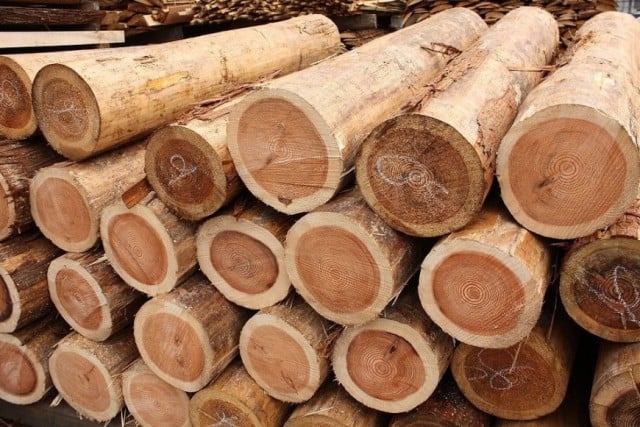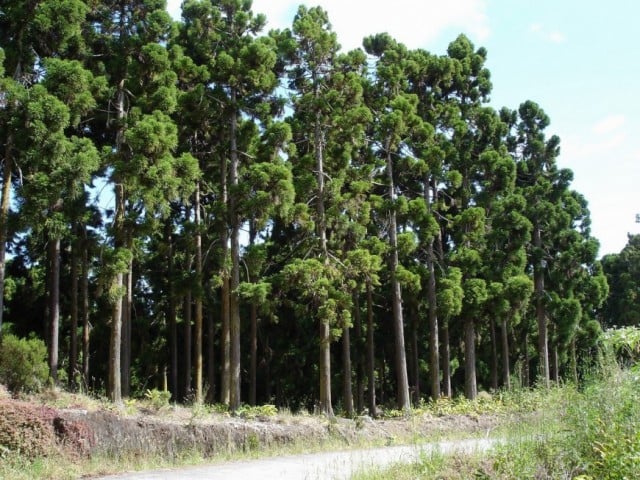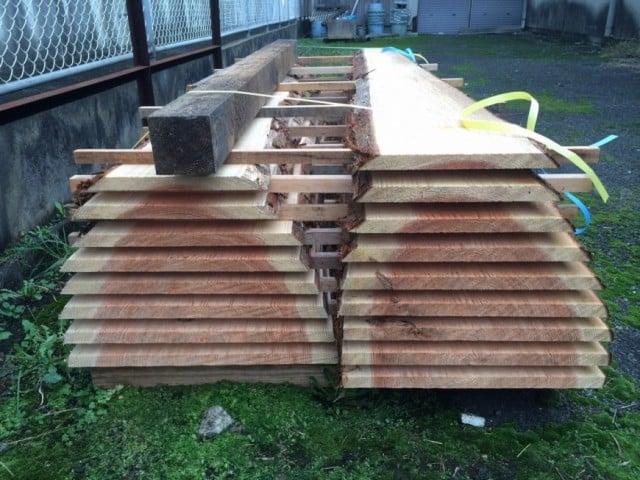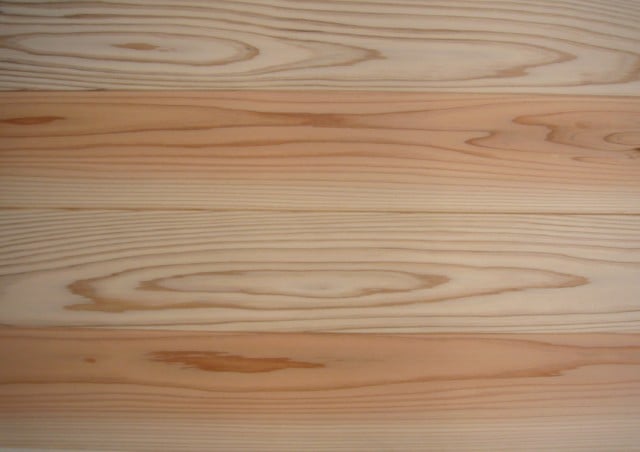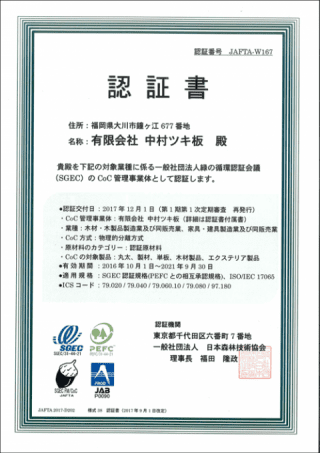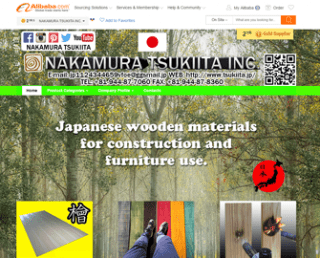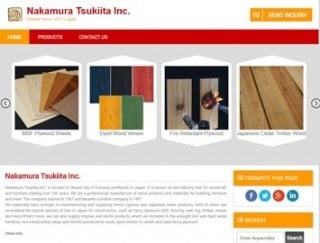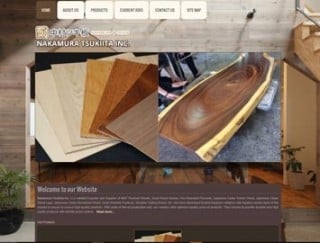Japanese Wood
SUGI (JAPANESE CEDAR)
SUGI (JAPANESE CEDAR)
Japanese Cedar
Binomial name: Cryptomeria
Origin: Japan
Specific gravity: 0.30-0.44
Size: grows to approximately 40 meters tall
Color: Heartwood is typically reddish brown. Sapwood is
straw colored and clearly demarcated from the heartwood.
Features: easy to manage with machinery,moderate insect/borer
resistance,extremely fragrant,most planted tree in Japan etc.
Binomial name: Cryptomeria
Origin: Japan
Specific gravity: 0.30-0.44
Size: grows to approximately 40 meters tall
Color: Heartwood is typically reddish brown. Sapwood is
straw colored and clearly demarcated from the heartwood.
Features: easy to manage with machinery,moderate insect/borer
resistance,extremely fragrant,most planted tree in Japan etc.
Japanese cedar, called Sugi in Japanese, is the most planted and popular tree in Japan.The highest Japanese cedar is more than 50 meters tall and the oldest one is about 2 or 3000 years old. This tree is a monotypic genus of conifer in the cypress family called Cupressaceae, formerly belonging to the family Taxodiaceae. Japanese cedar has many advantages as follows,
-Can self automate its humidity and temperature by adjusting its absorption rate.
-Absorbs hazardous substances such as nitrogen and formaldehyde, keeping the air clean and healthy.
-Prevents propagation of microbes such as mold, ticks and viruses due to its excellent moisture control performance.
-With the smell of the Japanese cedar it relaxes and helps you concentrate better.
-Enhances the health of those around it.
Japanese cedar is the most common commercial material in Japan, which is mainly used as building material, pillar, ceiling board, furniture, packing material, craft products, barrels, chopsticks and more.
-Can self automate its humidity and temperature by adjusting its absorption rate.
-Absorbs hazardous substances such as nitrogen and formaldehyde, keeping the air clean and healthy.
-Prevents propagation of microbes such as mold, ticks and viruses due to its excellent moisture control performance.
-With the smell of the Japanese cedar it relaxes and helps you concentrate better.
-Enhances the health of those around it.
Japanese cedar is the most common commercial material in Japan, which is mainly used as building material, pillar, ceiling board, furniture, packing material, craft products, barrels, chopsticks and more.


